Thursday, 17 December 2009
Editing
Thursday, 3 December 2009
Shot list
Production Schedule/props/costume
This is our Production Schedule it includes where we film, when we film, what we film & who is included in the filming.We will be doing all our filming on one day, all day to ensure we have all the shots we need.
Location: Gervais house
The props we will be using on this date are:
- Cups
- Chairs
- Strobe Light
- 'Alcohol'
3.Second half of the day includes:
Date: Saturday 5th December
Time: 4.30pm- 9pm
Location: Gervais Estate
For this time slot we will be filming all the shots around Gervais' estate, including the shot of the dog, Ben running through the estate and all the different angled shots of Ben.
- Cigarette
- Mobile Phone
- Ipod
- Lighter
- Dog
Character Information
Thursday, 19 November 2009
Target Audience for our thriller
Sunday, 8 November 2009
Locations, Set designs, costumes & props
Thriller production companies
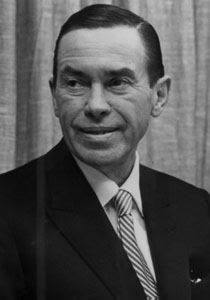
There are many different production companies that produce thrillers. One main production company that I have found would be 'Hubbell Robinson Productions'. Hubbel Robinson was born in Schenectady, New York, 16th October 1905. He studied at Phillips Exeter Academy. The 'Hubbell Robinson Productions' company has produced such thrillers as 'The Specialists','The Lethal Ladies' , 'The Bride who died twice', 'Man of Mystery', 'Till death do us part' and many more. It was a popular production company during the 60s as this is when most of his films were made.Another movie company is 'New Line Cinema'. 'New Line Cinema' produces many different types of movies ranging from comedies to horror. Itwas founded in 1967, is one of the major American film studios. In 1996, though it initially began as an independent film studio, it became part of 'Time Warner' and is now a division of 'Warner Brothers'. It has produced such thrillers as 'Final Destination' (parts 1-5), 'The Butterfly Effect', 'The Curroptor', 'Most Wanted'. 'Hevanes Prisoner, 'The Long kiss goodnight' and many more.
Tuesday, 27 October 2009
Target Audience
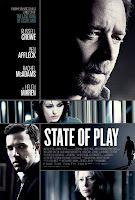
The target audience is the primary group of people that something like an advertising campaign, movie, tv show etc is aimed at. A target audience can be people of a certain age group, gender, marital status, etc. For thriller films it is hard to define a target audience as some thriller movie certificates range from pg to 18. For thriller films the target audience usually ranges from 16-25 year olds and are usually aimed at men although there isn't a great difference between the percenatge of men to womne.This is usually because the majority of actors used are young so youger viewers can follow and relate to the story. I looked at a thriller called 'The State of Play' (2009 based on the british television serial of the same name in 2003). It showed that its target audience was for ages between 15-24 having the highest percentage of 68% and the target gender was males having 63%.
Defining the genre & sub genres
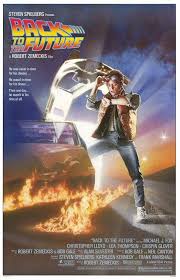
Sunday, 25 October 2009
Thriller Music
Thriller Actors

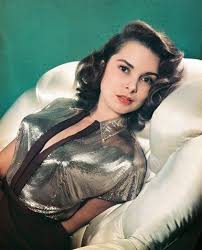
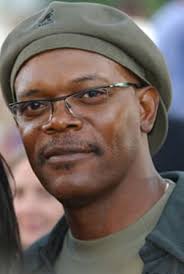
Thursday, 15 October 2009
Directors
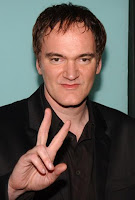
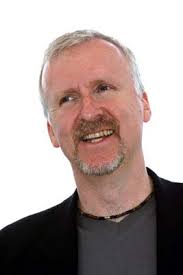
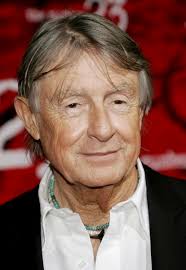
180 degree rule
 This diagram shows the axis between two characters and the 180° arc on which cameras may be positioned (green). When cutting from the green arc to the red arc, the characters switch places on the screen. This enforces the 180° degree rule so that whilst filming actors alway remain on the same side of the camera every time.
This diagram shows the axis between two characters and the 180° arc on which cameras may be positioned (green). When cutting from the green arc to the red arc, the characters switch places on the screen. This enforces the 180° degree rule so that whilst filming actors alway remain on the same side of the camera every time.
Wednesday, 14 October 2009
Editing and end outcome of our prelim task
Sunday, 4 October 2009
Continuity prelim task
Thursday, 1 October 2009
Looking at past students examples
End Of The Line from BDC on Vimeo.
Prelim Task
Our aim today was to film a journey. Our groups (Gervais,Ben and I) idea was to film Gervais on a journey trying to escape. Alison taught us how to use the cameras so we can just get confident with them. We began learning how to turn it on, record, put the tape in, zoom in and out, focus etc. We also learnt how to use the tripod and how to make sure the camera was stable on it.
We used a variety of different shots to capture the essence of Gervais being imprisoned. We started by filming a long shot of Gervais in a gate place we found which resembled a prison. Then we did a close up of Gervais in the prison, then an extreme close up of his eye. After this we did a birds eyeshot so Ben went to the top of stairs looking down on Gervais who was walking around his cell. We also filmed people abusing Gervais at the bars, and from inside Gervais cells we filmed the people shouting so there was an inside and outside view of the people. We then decided gervais would escape when Ben came to get him as the prison guard. I filmed an over the shoulder shot of Ben walking towards Gervais cell. Then we filmed a high angle shot of Ben standing at the gate door. This was followed by an over the shot shoulder of Gervais going to see Ben at the gate. There was then a fight scene between Ben and Gervais, which we used a long shot for. We then experimented by Ben holding the camera and Gervais slow motion hitting it as if it was Ben. Then our final shot was a worm’s eyeshot of Gervais as he was running away, of which the shot showed his feet then as he ran further the rest of his body emerged. This was a really effective shot and probably one of our best which was good as it was our final shot.
Wednesday, 30 September 2009
Introduction to shot type movement
analysing film of choice
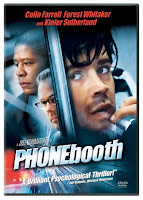
Analysing the opening sequence of ‘Se7en'
Analysing the opening sequence of ‘Momento’
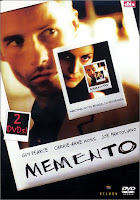
Today we watched the opening sequence of ‘Momento’; it was made in 2002 and had Guy Pears as the main actor and Christopher Nolan as the director. We looked at all the different areas including: the titles, shots, camera movement, generic themes, sound and mise-en-scene. The titles slowly faded in an out and the cold blue colour of the font gives a cold, eary effect. There were many different shots including a p.o.v shot, close ups, worms eye view which was used to look at specific objects, use of tilt shots and mixtures of high and low angle shots. The high shot looked over the main actors shoulder to look down on the man facing him on his knees. This showed a sense of authority, and showed which characters were in control. They also used voyeuristic shots to show a type of big brother watching you type of thing. They used different movements of the camera including tilt shots to show the blood drawing back up the wall, this was a type of retrograde effect as the blood crawled down the wall using a tilt shot then drew back up the wall. The generic themes used were murder and flash backs. All of the sound in the first three minutes was non-digetic. The mise-en-scene which includes everything in the scene used a dark setting, neutral coloured clothes, a natural setting of which were all neutral colours. The wore formal clothes which were of a neutral colour scheme so the characters did not stand out from the setting and detract any attention from the story line. The simplicity to the set gives us a feel as the viewer that there is more to the story than meets they eye. The opening sequence of ‘Momento’ was very successful and carefully used all different aspects of a film to create an opening of a thriller type genre. The flashbacks were most effective and created a greater sense of mystery.
Intro to production brief
Thursday, 24 September 2009
Introduction to me...
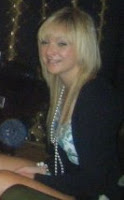
I am Harley Dunsmore. I am studying AS Media Studies. I enjoy studying media but haven't done it before. I enjoy analysing different movies and understanding how different aspects of a film can give different affects. I also enjoy the practical work and learning how to use cameras and using different shots. I enjoy watching a different variety of films but my favourites are chick flicks but I also enjoy films such as Atonement where flashbacks are used so that the viewer has to figure the story out for themselves.



